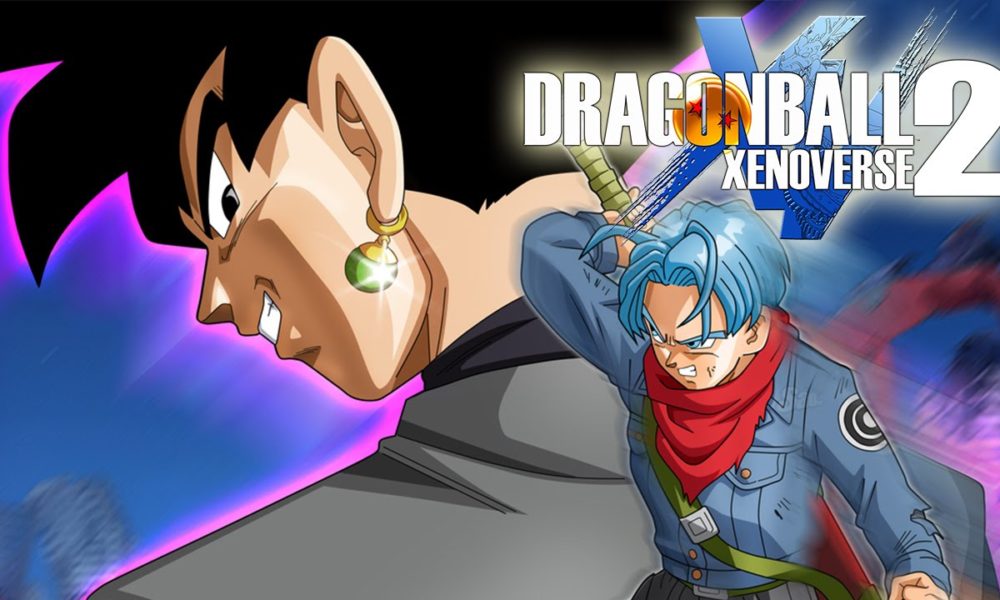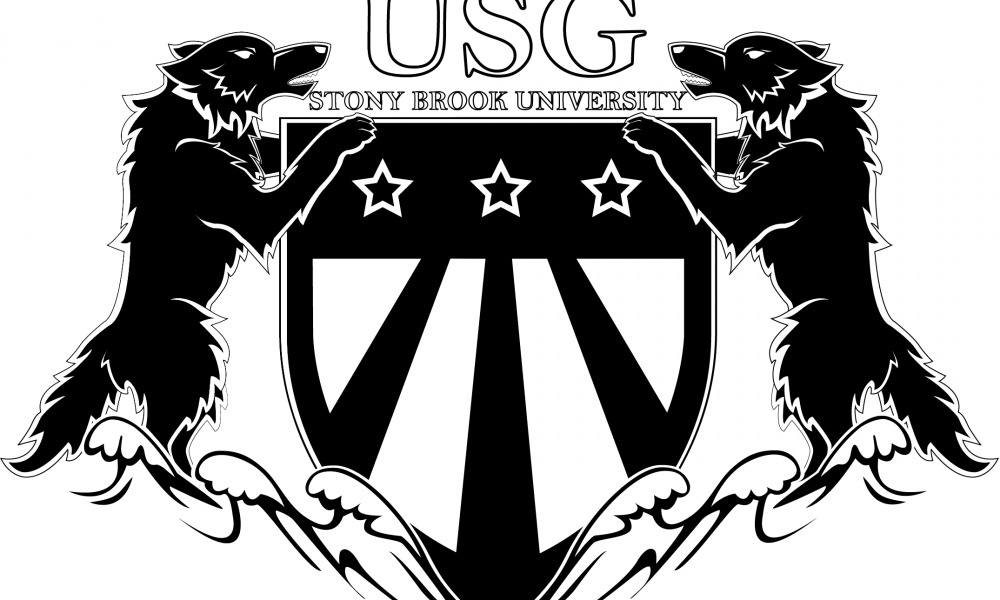Once the grounds of a Chinese-Italian gang affair, the storefronts and doors of Bowery are crammed together in a wall of reds and greens. Jerry Wong first turns toward a storefront.
He buys grapes, greets the grocer as he weighs them and makes a turn into a sliver of the wall that only the trained eye can see. This next turn is through a door. Then it’s up the sunken stairs to the third floor where the grandmaster is waiting.
He passes the bag to the grandmaster, Eng Tak Wah, one of the last inheritors of Lower East Side history. There are some things that will never be seen in gluten-free New York again, or at least seen running open in the streets: death contracts between martial artists trying to open their schools, Little Italy’s men calling “Hey buddy!” from their perches by Columbus Park, the meager women distributing their sons to grandmasters. “Don’t let him become a bad boy,” Wong’s mother said the day she took him to his own master, Grandmaster Wai Hong.
Wong was too young to understand in the 70s and 80s, when martial artists signed documents to properly welcome a newcomer who wanted to start a school, that no proper master was allowed to open a school without a fight to the death.
But to prove one’s worth in the Kung Fu world over and over was always a given, even before masters like Eng and Wai, Wong’s master, brought them into gang-ridden New York. This was true even before Eng decided to privilege his students with a taste of Fu Jow Pai—the only Kung Fu of its type in the world—and provided students with a home, not only in his one-room studio on the third floor of a sliver in the wall, but also in their own bodies.
“It’s like learning a sign language,” Eng said. “Training your body. Learning a story.”
Fu Jow Pai goes back to the “third quarter of the 1800s,” according to Fu-Jow Pai: Tiger Claw System, a 50th anniversary compilation of Wai’s research by Eng and the Fu-Jow Pai Federation, Inc.
Tracing back two generations of master-and-student, it was an old Shaolin monk who taught Wong Bil Hong, a Cantonese martial artist, the Black Tiger System, or “Hark Fu Moon,” the precursor of Fu Jow Pai. In China, a country where martial artists were bodyguards and, in the 1800s, anti-government rebels, these teachings were carried out in secret. The relationship between a master and student had always been exclusive, with each master choosing few or even one student to carry on their own unique brand of Kung Fu—but with the secret societies butting heads in political warfare, the monk’s name has been lost to history.
But the new generation of Chinese-Americans is different, Wong said. Now, the younger students want to just look at their phones. Their attention spans are too short to willingly hold a horse stance for 20 minutes.
In Chinatown, where the culture of Wai’s Kung Fu was exacerbated by survival—when every young man had to learn or be beaten by the Chinese gangs—Wong wonders why young Chinese-Americans dissociate themselves from Kung Fu.
Maybe it’s because of pride, maybe it’s an association of China, the country, with obsolete things, maybe it’s a determined farewell to Chinese stereotypes. It is a matter of Chinese-American identity in 2016.
It’s the lack of support from parents, Chuck Yuen, a Jow Gar master, said.
The world was different in 1957, when Wai opened up his school. It was impossible to walk into the deli without speaking the Toisan dialect. Walking down an alley meant getting shanked. Women were sparse. Little Italy held Canal Street. Chinese people could not walk into Italian territory.
“You could stand at the corner of Elizabeth and see all of Chinatown in one day,” Wong said.
But it’s different now. Tourists swarm Chinatown’s half of Canal Street. Gentrification is setting in, and instead of holding onto Fu Jow Pai in its entirety, Eng peters it out to his students. It keeps them coming back, satisfying their impatience. But if they leave, they don’t take with them every secret of the age-old martial art.
Roberto J. Funes was a cop before he was a disciple. He was a soldier before that. And even before that, he was just a kid from Crown Heights. Now he swings a cane in Chinatown. The black ink of his tattoos gleams once in the din—screaming the Warrior Ethos in a quick mantra of “I will always place the mission first, I will never accept defeat, I will never quit, I will never leave a fallen comrade”—before his arm swoops back towards his shoulder. He has been practicing under Eng for three years.
Bill Carnay remembers Jan. 12, 1992. The retired Marine was, in some ways, looking for peace alongside the discipline, integrity, respect and honor. He spoke to a friend before doing what he does now—striking with a cane, dipping and breathing into a horse stance. That friend was the person who helped him find this part of Chinatown in 1992. “That,” he says, “is when I met this man.”
To learn Kung Fu is to find inner peace, Eng said. You get “more discipline. Respect from the neighborhood.” And for veterans like them, it is a way of learning catharsis rather than simply finding it. Some people, he said, they sit in the bar. “They drinking. They want to escape. No way to run.” But for his students, they learn to heal themselves.
“Everything has gotten better,” Carnay said. He practices at least from five to 10 minutes a day. In the dim light of Eng’s Bowery studio, he leads. He tells Joseph Orlando, a student, which way to strike his cane, how to strain his triceps just enough for a punch. Between long eyelashes, silver hair and a soft voice, he looks every part a man who has found peace with himself in Kung Fu.
“It’s a quest for knowledge,” he said. “Then you go back to the beginning and you learn even more. I have a lifetime to go.”
Funes learned Tae Kwon Do in Korea, in ’89 to ’90.
Eng has taught him different styles: Shaolin, Hung Gar and Fu Jow Pai. “I feel privileged,” he said, “to be able to think about all the masters in the past who practiced it.”
He wants to pass it onto his four children. But for the meantime, he said with a half-smile, he wants to practice it and let them see that he is doing something with his life.
He strikes a strong figure against the filtered light of Eng’s windows—when he throws his punches (slowly, ever so slowly, to control the way his muscles clench), the Warrior Ethos, a part of the Soldier’s Creed, flares black under the tattoos dedicated to his fallen comrade.
Orlando’s parents met in Sunset Park, at Eighth Avenue. At the age of 31, he is the youngest in the studio on Tuesdays. He has moved between Elmhurst, Freehold and Morganville in New Jersey, and now lives in Manhattan. But he has come back to Eng’s place, where he started as a shy teenager drawn into private lessons by parents and a lion dance performance.
“It’s always been a part of my life,” he said. It’s useful and practical, especially now that he is an actor, working on movies like the 2013 “Snowpiercer” and the 2017 “Okja.” But still, he said, “it’s an art. And the arts usually tend to get sidelined.”
On Sundays the studio is full. There are at least 15 people crammed into one room. At least Eng has a studio. Schools like Wong’s, run by Wai, practice outside in Columbus Park, where Chinese people were once forbidden to enter.
Everything is clutter—the students, the paintings on the wall, the plants and the wooden dummy at the window; and even more so in Eng’s office, where between chairs and piles of stationary, the wall by the door is marked with the heights of his growing students since 2013.
There are children, high schoolers, young men like Orlando and middle-aged men like 48-year-old Funes. Regardless of the children lying on the floor with their phones, regardless of the space they share, people like Orlando return.
They come back.




Comments are closed.